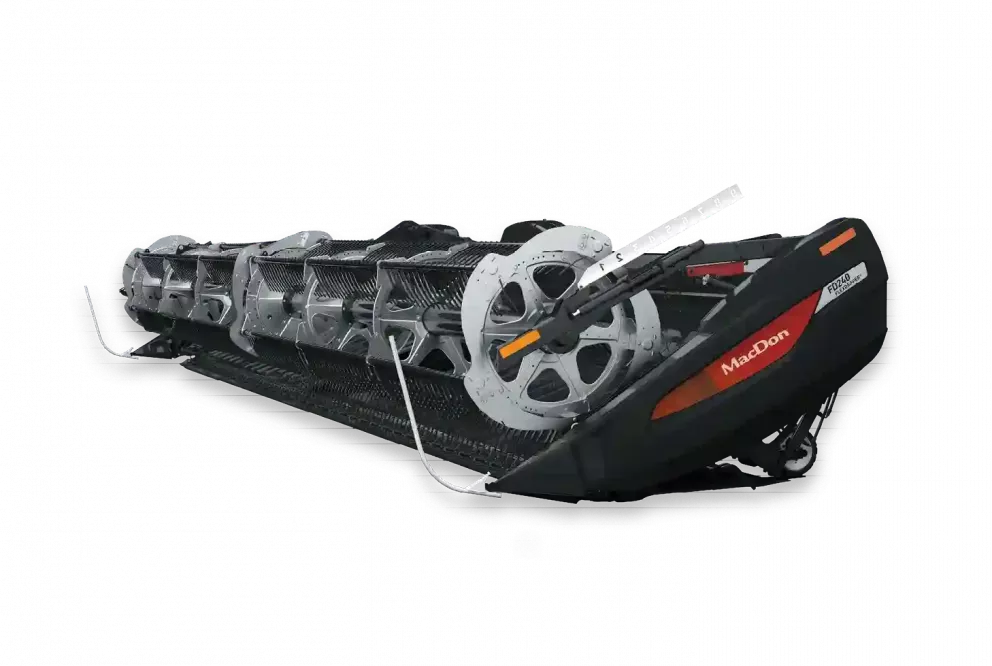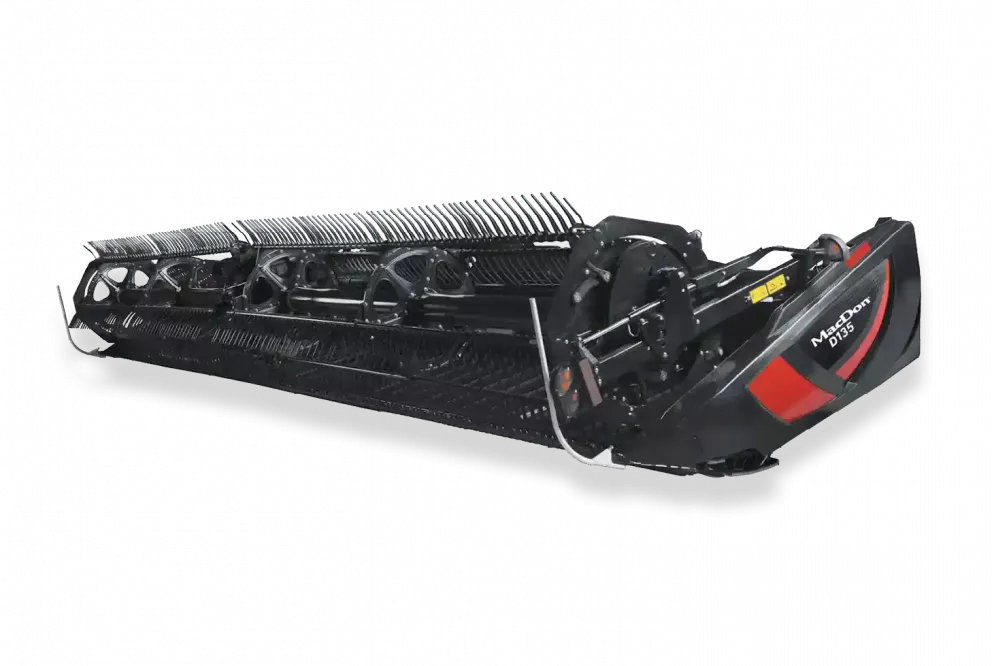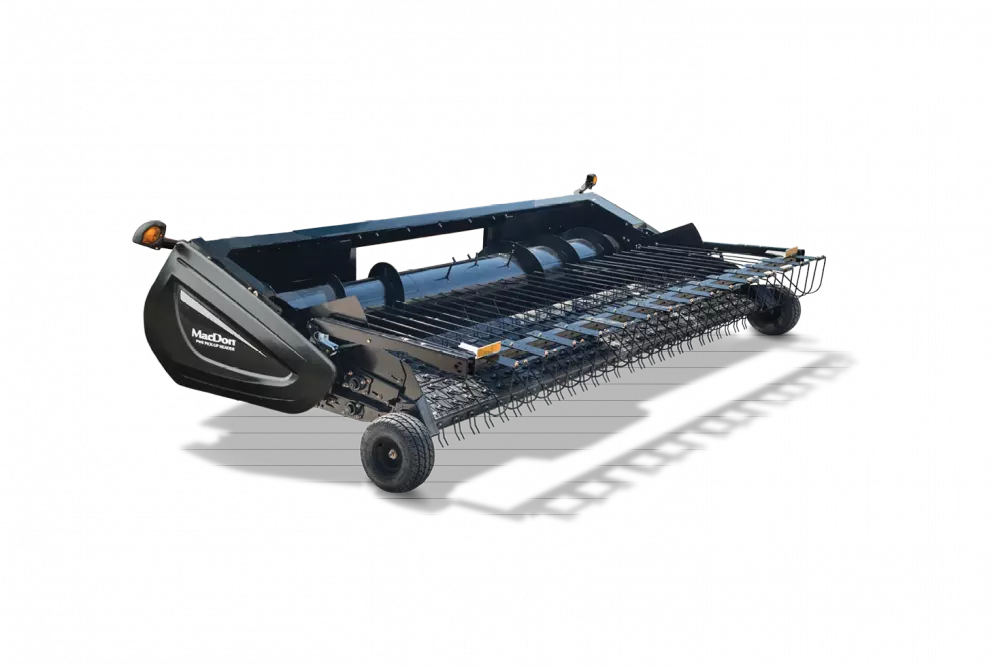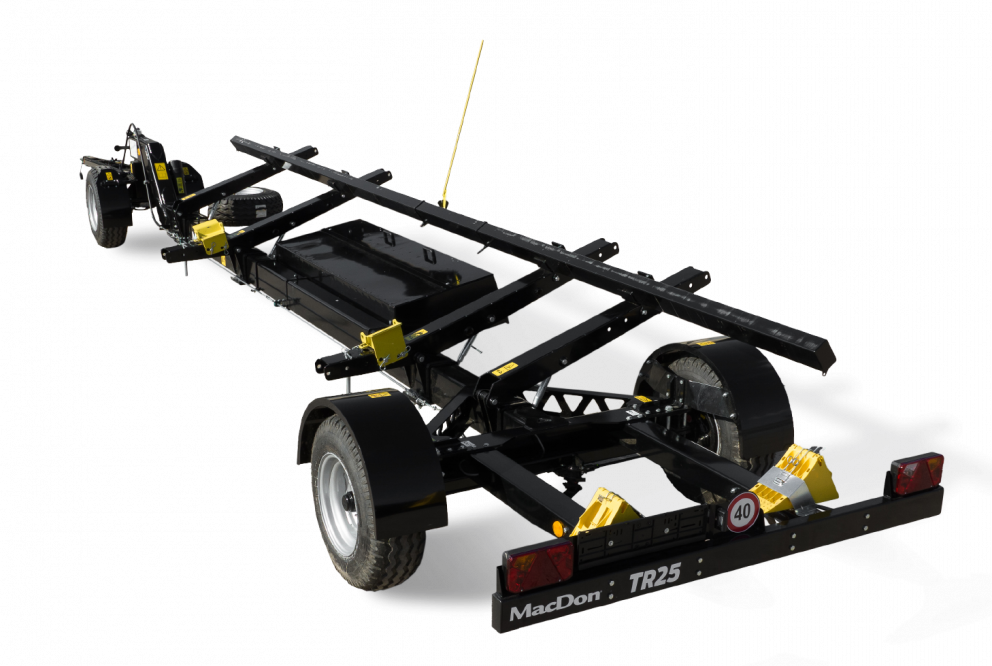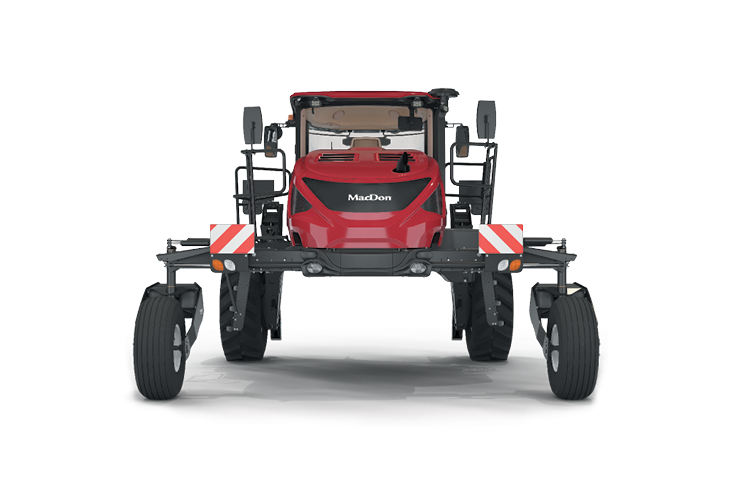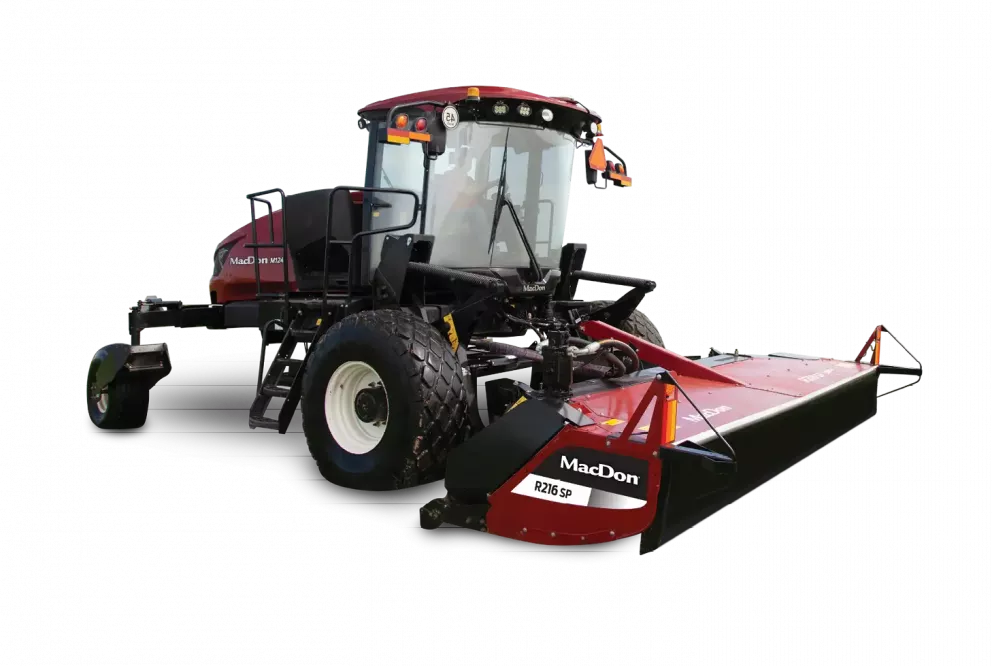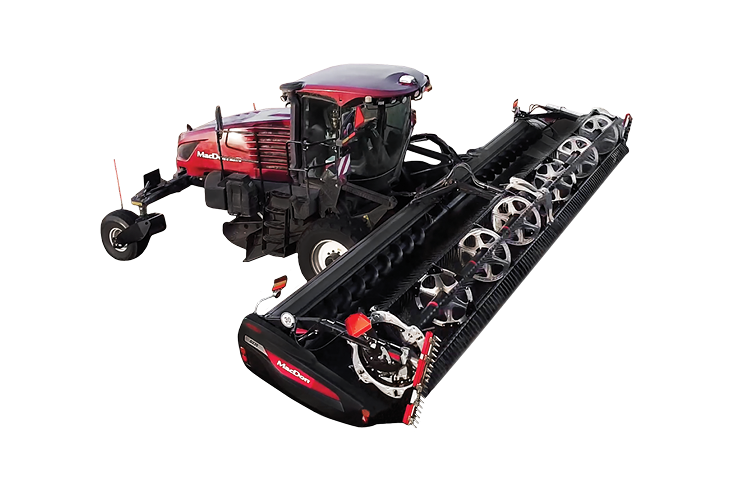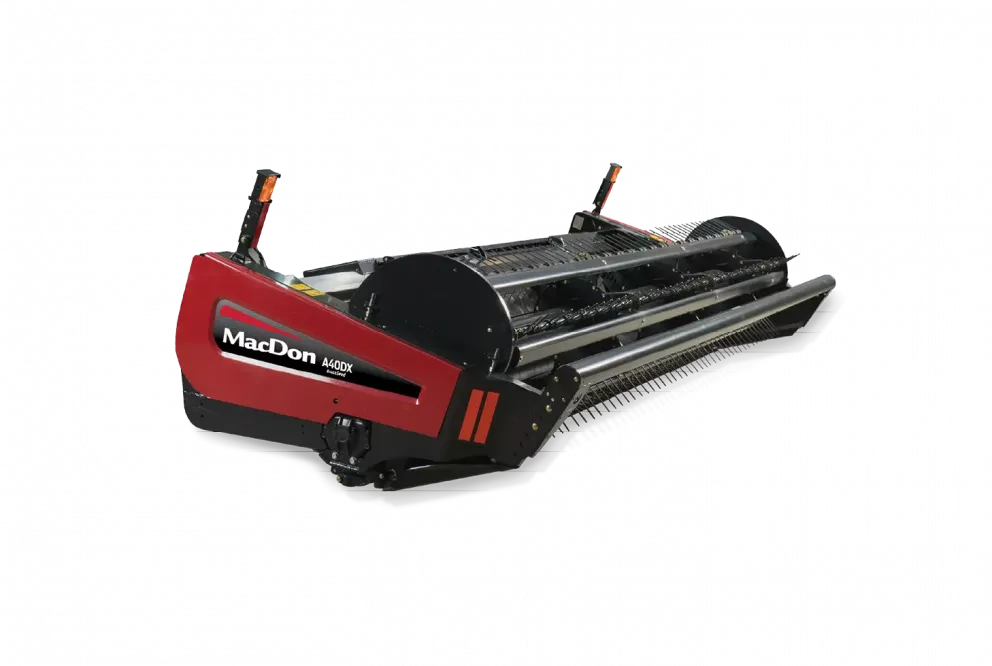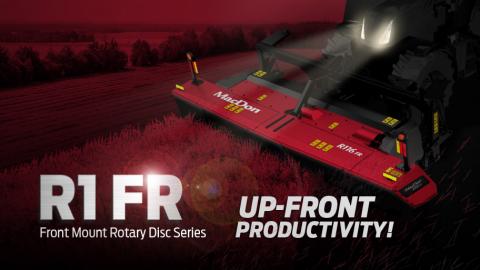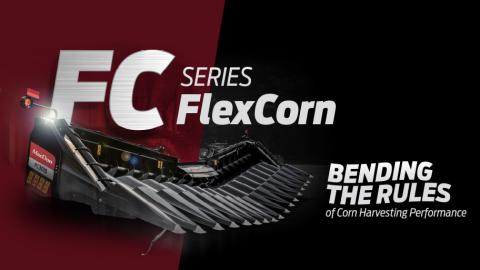“MacDon headers rescued our crop from Hurricane Rita”
Letter written from Tommy Ellett to MacDon.
WE WERE ABLE TO COMPLETE HARVEST BY THE FIRST WEEK OF NOVEMBER BEFORE THE SEASONAL RAINS BEGAN.
To Whom It May Concern:
I am the managing partner of Angelina Plantation in Monterey, Louisiana. Angelina Plantation is a 26,000 acre farm. The partnership farms 10,000 acres and leases out the balance. In 2005, we planted 5,600 acres of rice, 3,000 acres of soybeans and 1,400 acres of corn and grain sorghum.
I first purchased MacDon headers about five years ago. However, in 2004 we purchased the 30' MacDon headers that we are presently using on our Lexion 585R combines. At that time we thought the MacDon headers were very efficient, but it wasn’t until the 2005 harvest season that we realized just how efficient they really were. In September, 2005, Hurricane Rita made her way through Louisiana blowing down the remaining 2,800 acres of unharvested rice. With conventional headers I was looking at slowing harvest down by 60%. Which meant the completion of harvest would have been in mid to late November. But, with the MacDon headers ability to feed the heavy rice crop, that was lying on the ground, into the combine evenly, that allowed the combine to move faster in the field. This now resulted in a 40% reduction in harvest time. We were able to complete harvest by the first week of November before the seasonal rains began. One of the other important features of the MacDon header is that with the belt system there is less grain lost as compared to convention rigid headers. For us this also meant that the improved efficiency of handling a downed crop resulted in less fuel and labor costs than we would have incurred with a conventional header system.
In 2005, Shortline Sales leased us a 25' MacDon header that we ran on a John Deere 9750 combine. We also used a 24' conventional rigid header on a John Deere 9750 combine. The combine with MacDon header averaged ground speed of approximately 1.2 to 1.4 MPH with less plugging and grain loss than the rigid header combine. The 9750 with the rigid header only averaged ground speed of approximately 0.9 to 1.1 MPH. With this side-by-side comparison in the field we have come to appreciate the technology, efficiency and dependability of the MacDon headers.
Sincerely,
TOMMY ELLETT
Angelina Plantation
While Hurricane Katrina dominated the headlines in Fall 2005, it was followed by an even larger and almost as devastating storm. Hurricane Rita, which would slam ashore on September 24 near the Texas-Louisiana border, was the fourth most intense Atlantic Hurricane on record and the most intense tropical cyclone ever witnessed in the Gulf of Mexico. At its height it was a Category 5 hurricane, the highest category on the Saffir-Simpson Hurricane Scale, but would make landfall as a Category 3 hurricane. Despite the downgrading in strength, Hurricane Rita still caused extensive damage along the coast, completely destroying some of the coastal communities before heading inland where it continued to raise havoc. In total more than $10 billion in damage was caused, including the destruction of millions of dollars worth of crops and livestock caught in its path.
